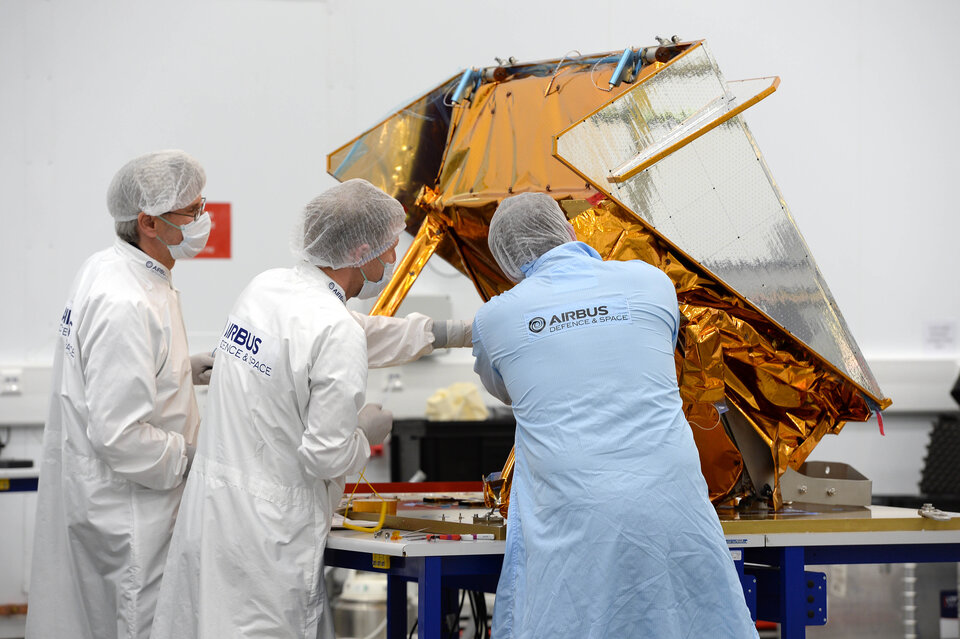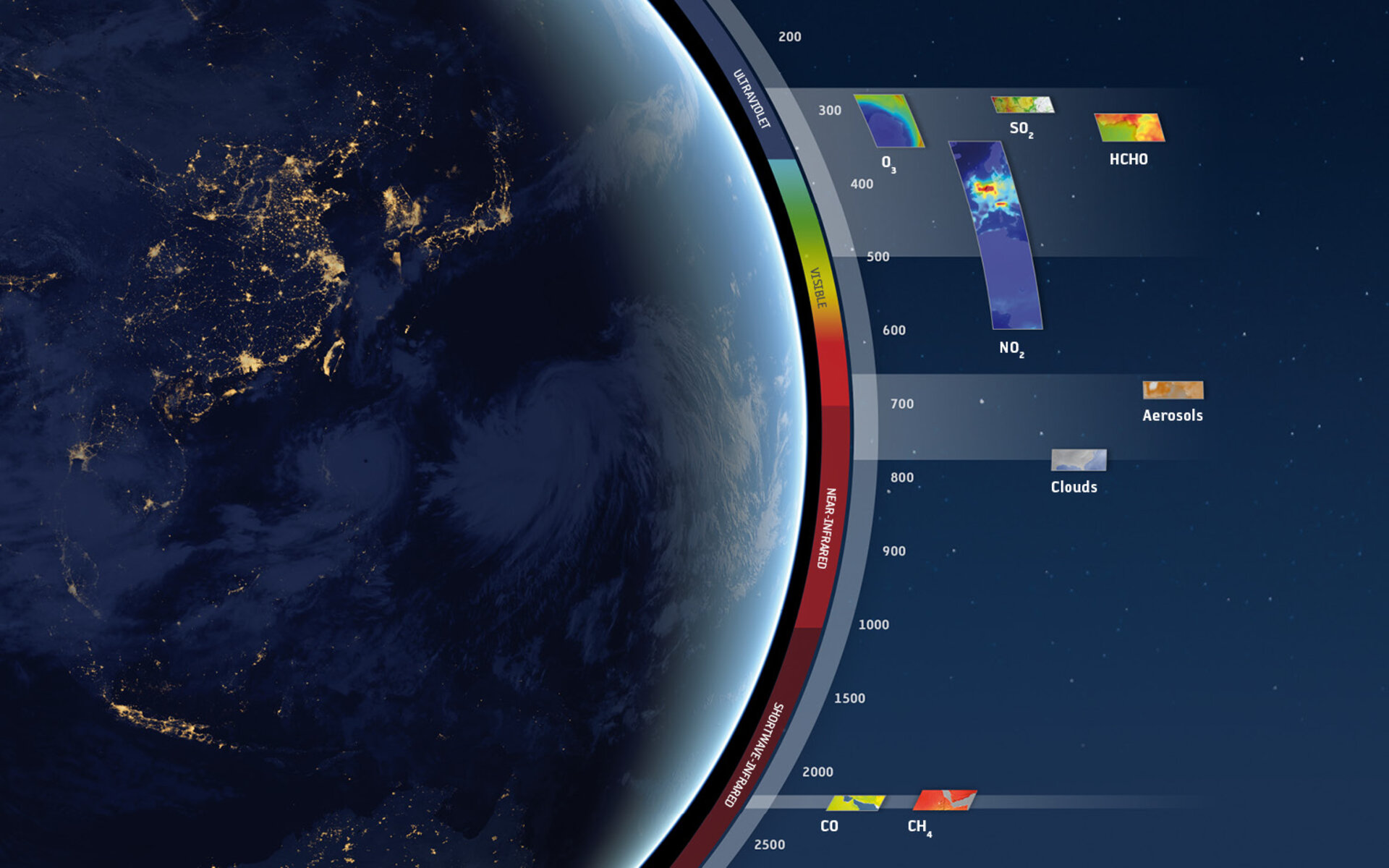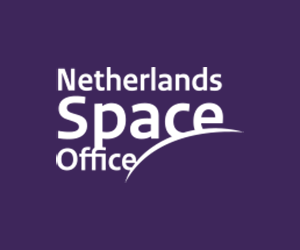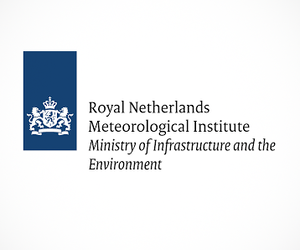Tropomi
The Dutch have been designing and building satellite atmospheric sensors, such as those carried on ERS and Envisat, since the 1990s. Building on this technical heritage, Tropomi – the most advanced multispectral imaging spectrometer to date – was developed jointly by ESA and the Netherlands Space Office.
It observes sunlight that is scattered back to space by Earth’s surface and atmosphere, detecting the unique fingerprints of gases in different parts of the spectrum.

What sets Tropomi apart is that it measures in the ultraviolet and visible (270–500 nm), near-infrared (675–775 nm) and shortwave infrared (2305–2385 nm) spectral bands. This means that a wide range of pollutants such as nitrogen dioxide, ozone, formaldehyde, sulphur dioxide, methane and carbon monoxide can be imaged more accurately than ever before. With a resolution as high as 7 km × 3.5 km, it has the potential to detect air pollution over individual cities.
The mission is an essential contribution to monitoring air quality and providing critical information to services and decision makers to improve the life of European citizens. With its global coverage and open data policy, the mission supports global efforts to monitor pollution and to improve our understanding of chemical and physical atmospheric processes.














